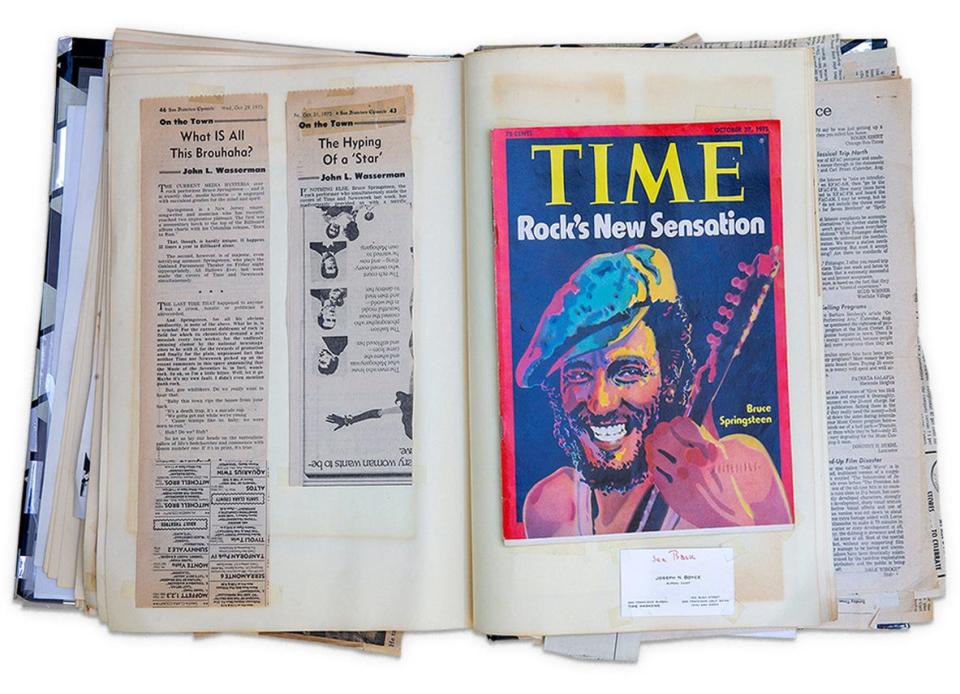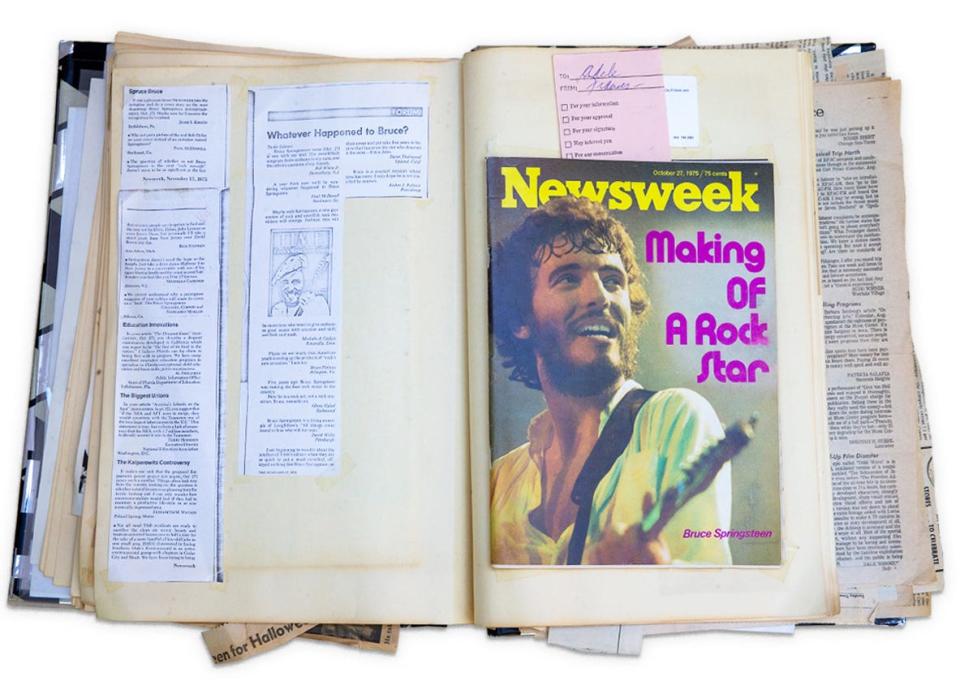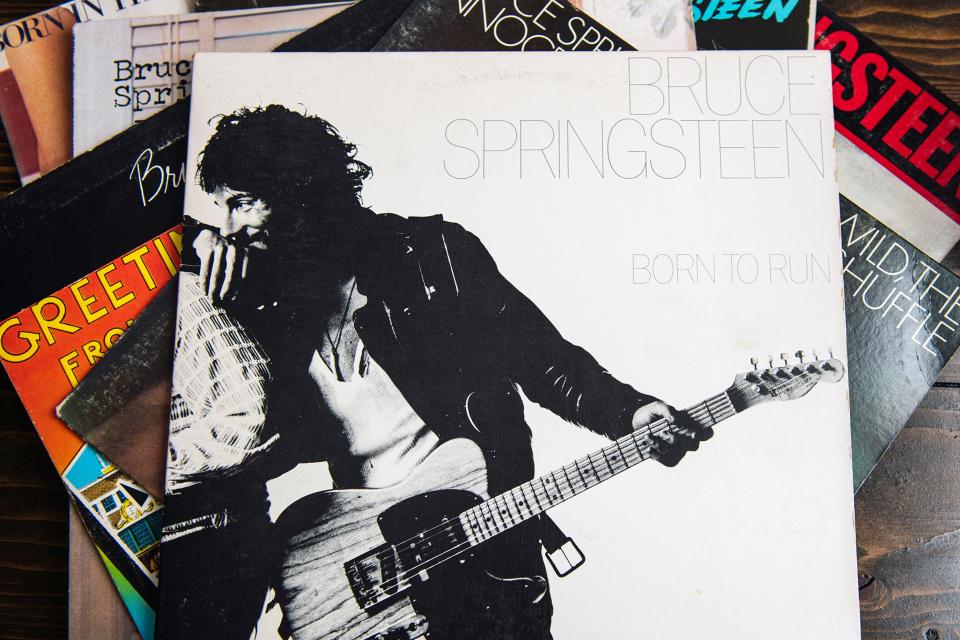Born to Run: Here’s what the classic Bruce Springsteen album means to fans, song by song

Explore the series by song
Bruce Springsteen.
He reopened Broadway in June with a restaging of his hit “Springsteen on Broadway”; he collaborated on a podcast and just-released book, “Renegades: Born in the USA,” with President Barack Obama; and he starred in a Super Bowl ad in February.
He’s as big around the world as he is here: He sells out stadiums in Europe and Australia. In Spain, the annual No Surrender Festival features thousands of Springsteen fans jamming to Boss songs in a field — when there isn’t a global pandemic, that is.
But if it weren’t for “Born to Run,” well, who knows what that alternate reality would be like?
It was all on the line in 1975. For Springsteen, and for Asbury Park.
The seaside resort town was in the midst of a downward spiral spurred by the emergence of the suburbs, a vanishing tax base and riots in 1970 that caused day-trippers and weekend visitors to stay away.
Only the diehards and dreamers stuck around. “Born to Run” is partly the story of Asbury Park in the mid-’70s, but it could also be the story of the United States, reeling from a recession, gas lines, racial strife and repercussions of the Vietnam War.
The frayed fun of Asbury Park’s Palace Amusements was offset by a generation who felt left behind by the American dream of their parents.
Springsteen was on the verge of being left behind by the record industry. His first two albums for Columbia Records, “Greetings from Asbury Park, N.J.” and “The Wild, the Innocent & the E Street Shuffle,” were not hits.
“(If) we miss this one, contract’s up and in all probability we’ll be sent back to the minors deep in the South Jersey pines,” Springsteen said in his “Born to Run” memoir.
But Springsteen’s third album was a hit, first with the single “Born to Run,” then with the LP, released on Aug. 25, 1975. Produced by Springsteen, Mike Appel and Jon Landau, it was majestic and vital rock ’n’ roll, both sweeping and intimate, written from the perspective of a hot Jersey Shore summer night.
Then little-known beyond his home state, Springsteen landed on the cover of Time and Newsweek on Oct. 27.


There is mystery in “Born to Run,” and that’s part of the reason it still transfixes. The characters Springsteen wrote about are writ large, yet are still the knockabouts you’d see in your daily life, or in the mirror. Never has one so seamlessly merged desperation and hope in a single work.
“Born to Run” is a rock ’n’ roll rapture, a torrent of emotions simmering just below the surface ready to sweep one way into the abyss, wherever that may be. The best we can do is hold on — hold on tightly and never let go. In that, there is purity and salvation.
Who knew all this was going on in Asbury Park? Springsteen.
The hopes and struggle of Asbury Park, and his hometown of Freehold, too, are distilled by Springsteen to tell the bigger story of the human condition. Asbury Park and Freehold are to Springsteen what Amherst, Massachusetts, is to Emily Dickinson; what Dublin is to James Joyce; what Lafayette County, Mississippi, is to William Faulkner.
The image on the album cover, photographed in a studio by Eric Meola, was meant to be an optimistic reflection of the city, Springsteen said decades after the shoot. It speaks to a universal joy, abandon, hard knocks and camaraderie. Springsteen leans on his pal, and E Street Band saxophone player, Clarence Clemons.

“Standing side by side, we were badass, on any given night, two of the baddest asses on the planet,” said Springsteen in the show “Springsteen on Broadway.” “Clarence was a figure out of a rock ’n’ roll storybook, and together we told a story bigger than any of the ones I had written. A story where not only did Scooter and Big Man bust the city in half, but we remade the city.
“We remade the city, shaping it into the kind of place where our friendship would not be such a strange thing,” Springsteen said.
In celebration of this master work, we’ll hear the voices of new generations who have embraced "Born to Run," as well as those who first rode the wave when it was released, and those whose hands helped create it.
“I can’t forget the excitement when I first heard Bruce sing ‘Born to Run’ in Yoyogi on April 11, 1985,” said Japanese Springsteen fan Keiko Takahashi via email. “I’ve watched Bruce live many times, but I’m most excited to listen to ‘Born to Run.’”
In Asbury Park, bands and musicians hustle from club to club, hoping to make their own stand and have their own voices heard, much as Springsteen did in the ’70s.
These days, Springsteen’s around town, serving as a living example that dreams can be real.
“When I listen to (‘Born to Run’), it makes me want to keep moving, keep going,” said city musician Alexander Simone. “As an artist in 2021, it’s ‘Born to Keep Running.’ ”
This article originally appeared on Asbury Park Press: Born to Run: Fans explain the meaning of the Springsteen album
